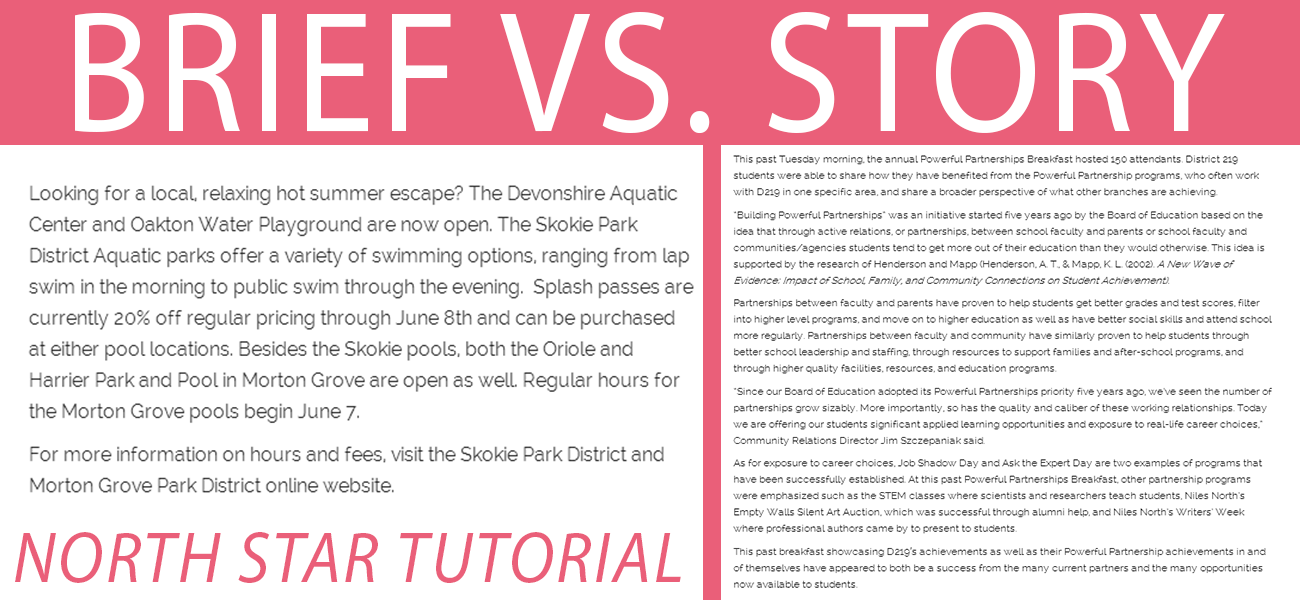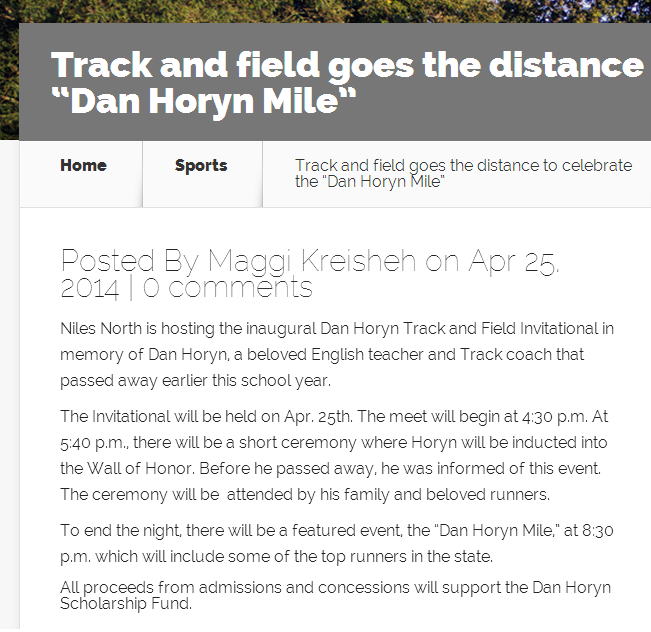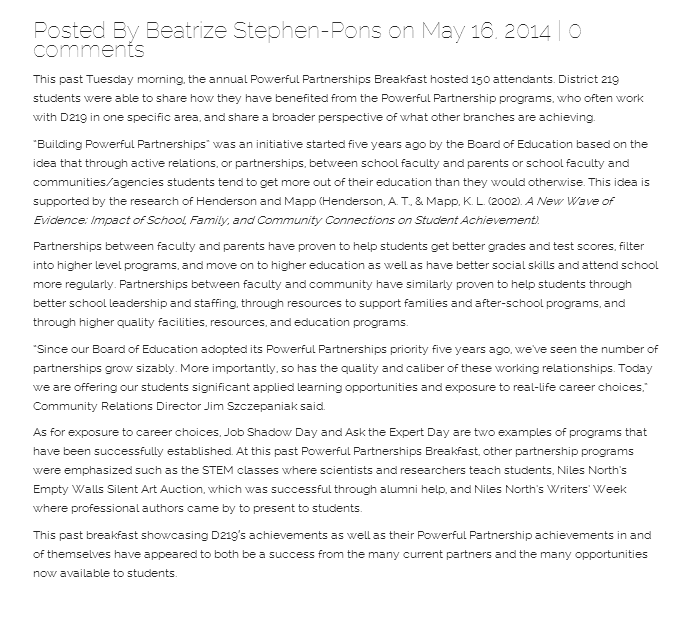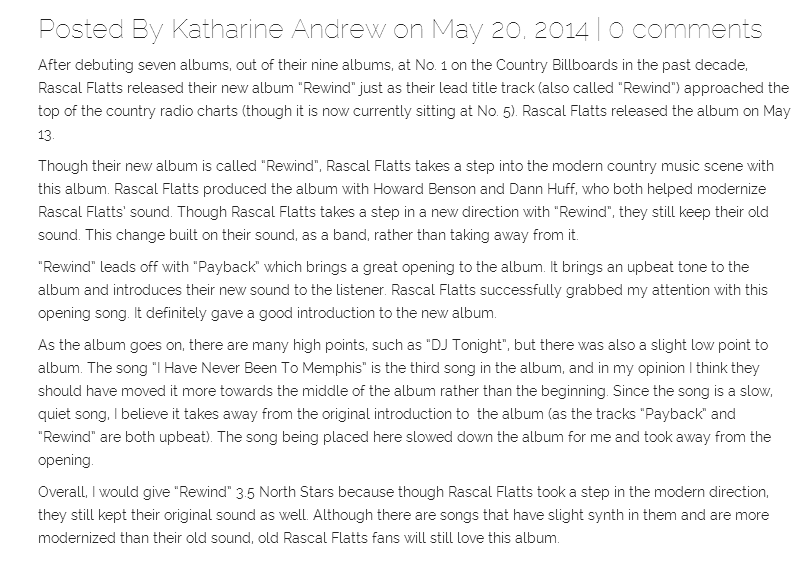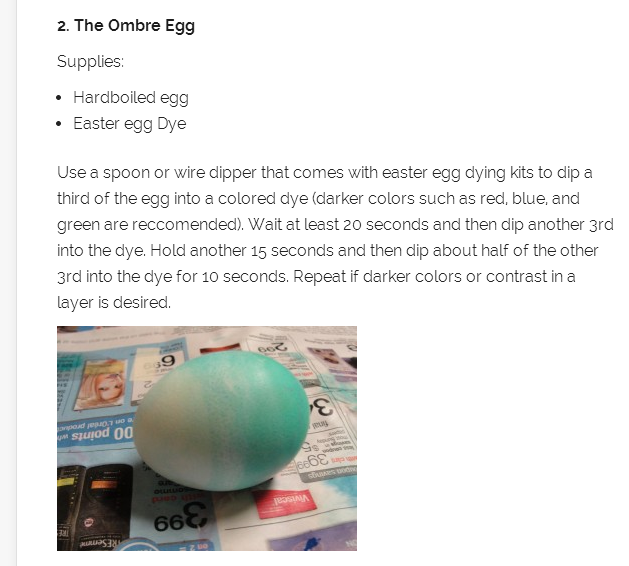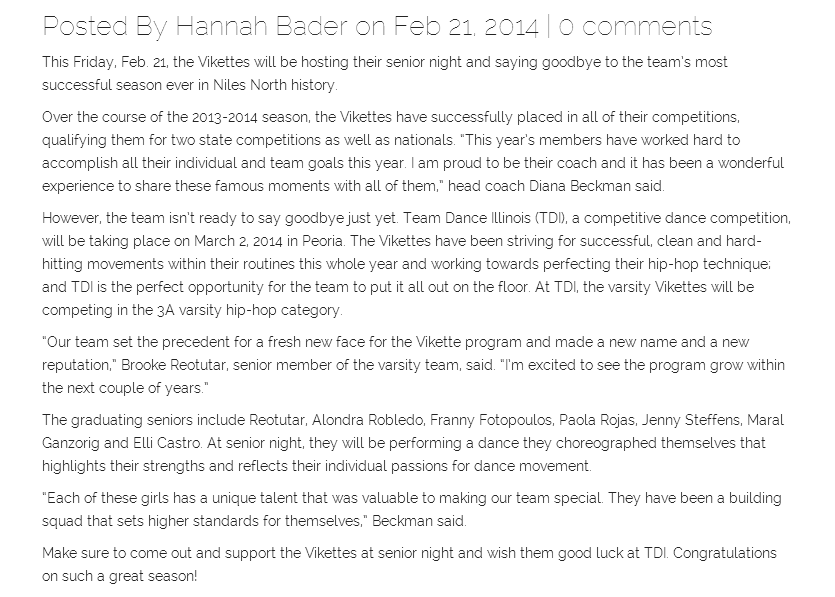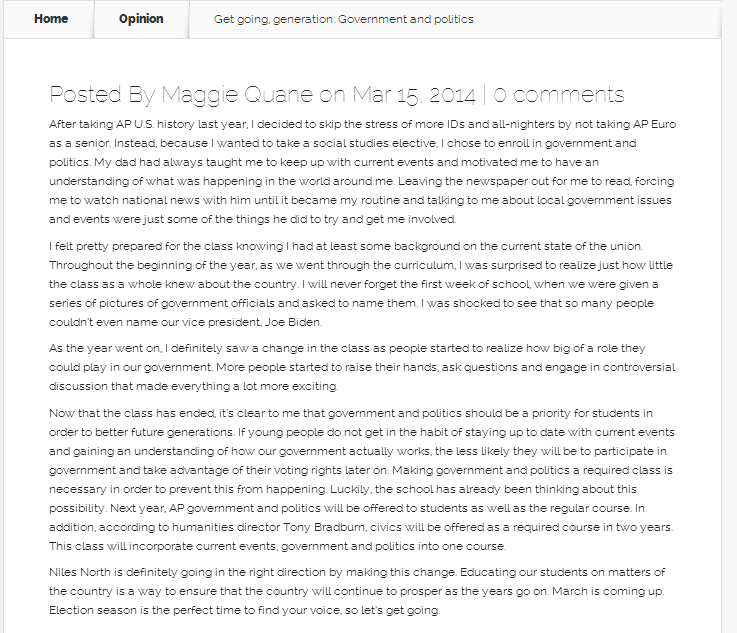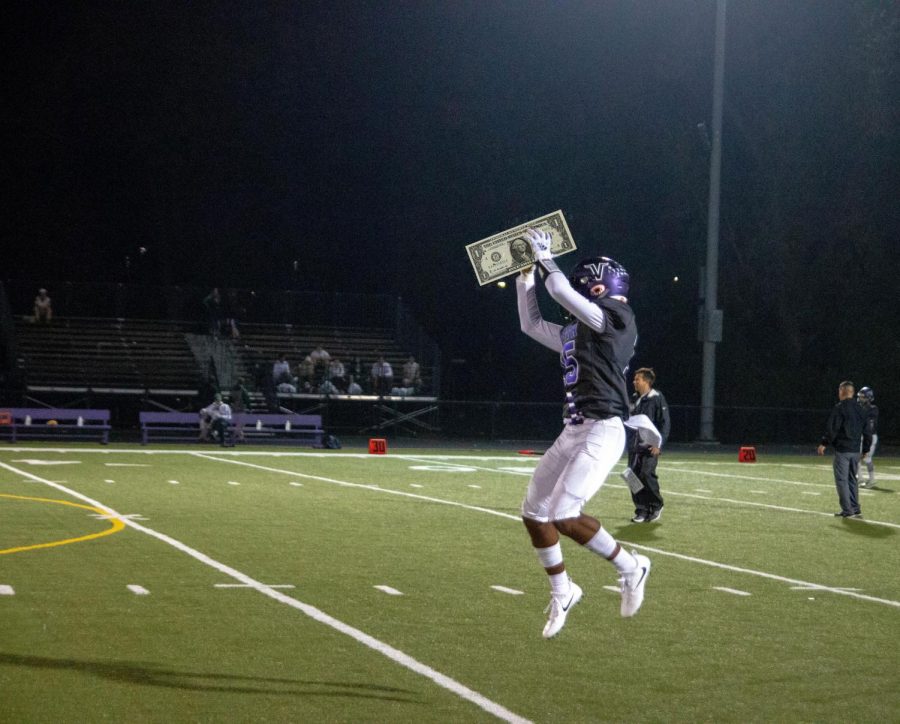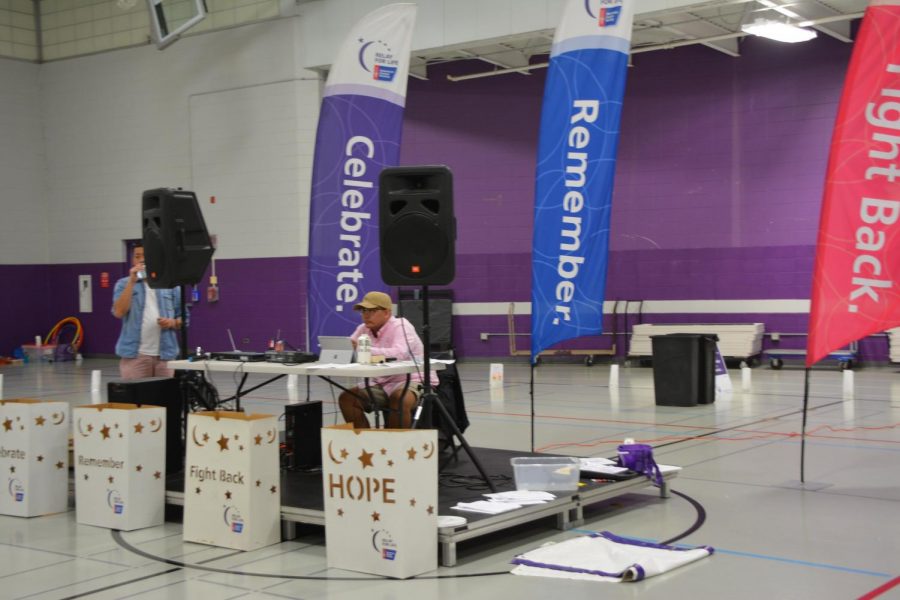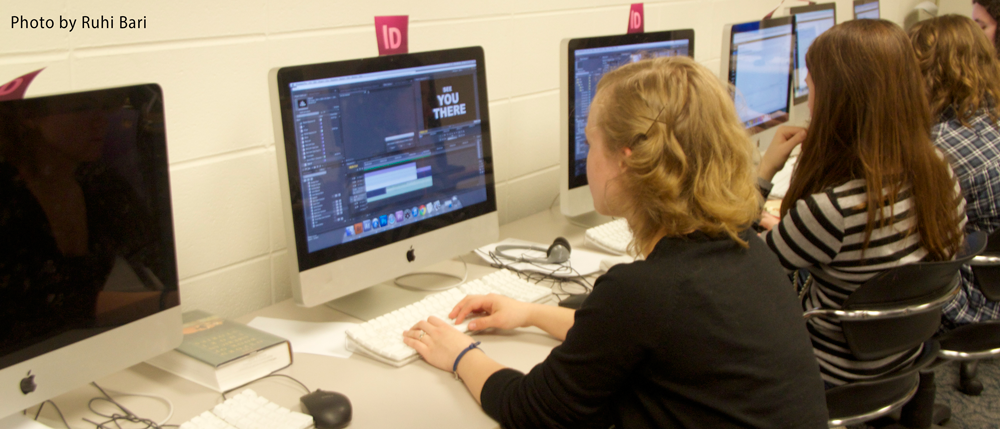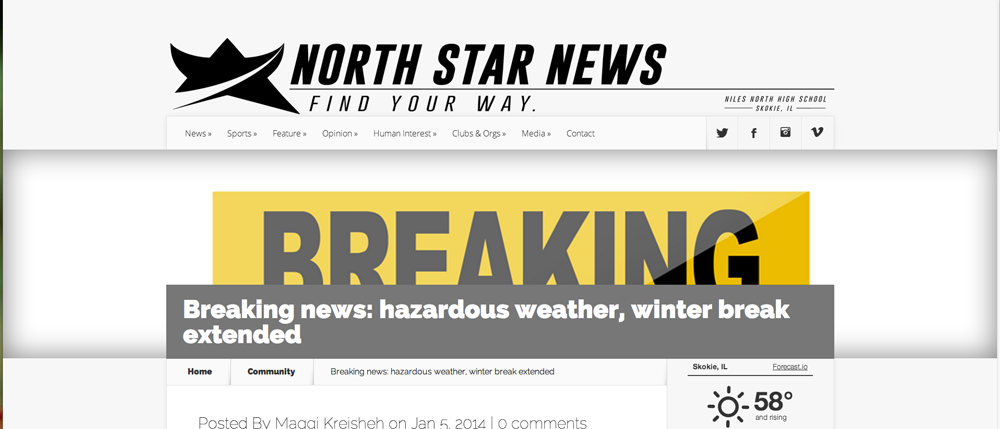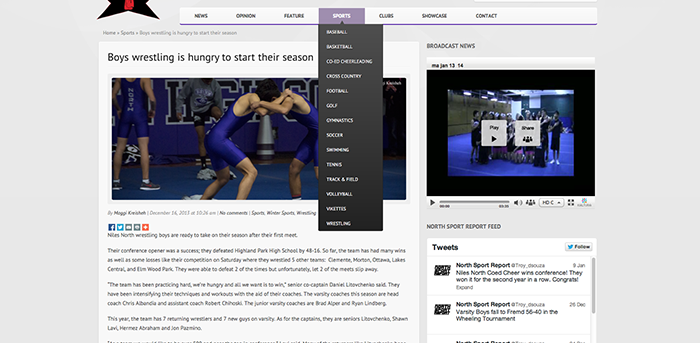For the 2014 – 2015 school year, the North Star grading system is going to undergo a complete transformation, starting with a differentiation between how different types of stories are weighed in the credits system. Before, every story, no matter the amount of time put into it, was worth one credit. Now, there will be two different kinds of stories – a “story” and a “brief” – and they will be worth one credit and half a credit, respectively.
So, where is the line between a story and a brief drawn? Basically, what it comes down to is its length. A story is a lot more in-depth than a brief and it requires a lot more effort by the reporter to write.
Briefs usually fall under either news or sports, but stories can be categorized in any section. Let’s take a look at an example of each.
This article would be classified as a news brief and be worth half a credit:
As you can see, the article is very short and it only provides the reader with the necessary few sentences of information. The reason why a story like this wouldn’t be worth a full credit is because there isn’t a lot of outside work required. In briefs, it isn’t necessary to have quotes. All of the information needed is pretty much handed to you by another person or website, so you don’t have to do any extensive research yourself. Not to mention, it’s a very short article, and therefore not very time consuming.
This would be an example of a sports brief:
Sports briefs are usually just information about an upcoming meet/game, but they can also be just a quick wrap-up of some highlights and the score.
One exception to the rule that briefs are usually news or sports is recipes. Since a recipe can just be taken off of a website and copy-pasted into WordPress, recipes are only worth half a credit. That is, unless you go above and beyond with the recipe and actually show in the article how to make the food step-by-step with either a series of pictures you took yourself or a video of you doing it. That would be worth a full credit.
Now, on to stories.
This is an example of a news story:
As you can see, it’s a whole lot longer than a news brief and a lot more in-depth. Writing this story took a lot more time and it also required a lot more outside research done by the reporter. This isn’t the amount of detail that mass e-mails and postings on websites go into. Stories need to have quotes, meaning that the reporter will need to interview an important person relating to the article. When sitting down and talking with him/her, you’ll usually get a lot of background information/other facts about the topic you’re covering as well.
Feature stories can be broken down into three main categories – recipes, reviews and anything more on the human interest/entertainment side. I already covered recipes earlier on, so let’s move on to reviews.
You can review an album, a movie, a book, a concert, a restaurant, a video game, or anything else along those lines. Good reviews will highlight both the good and the bad, make comparisons, give background information for anyone who isn’t familiar with the thing being reviewed, and most importantly, end with how many “North Stars” you’re rating it. Here’s a good example of a review:
Human interest/entertainment stories can include a wide variety of things. It can be a story featuring a student/club here at Niles North whose personality/accomplishments you think everyone should know about, a step-by-step guide to a DIY project, or your predictions for who is going to win in the upcoming big awards show. This guide to Easter egg dyeing was a hit, and it definitely shows the above and beyond nature of stories with the included pictures:
Sports stories differ from sports briefs in that they are often wrap-ups of multiple games or even the whole season as opposed to just quick stats of one game. Sports stories also need to have quotes from both the team’s coach and one of the players. Here’s a good example:
And finally, the last type of story we do here at North Star is the opinion story. Whether you’re ranting about something that just really annoys you, giving your opinion on a controversial issue circling the news, or encouraging others to see things the way you do, writing an opinion story is a good way to get your voice heard. Since it’s all personal viewpoint, no quotes or outside research is necessary, but the length of an opinion story should still be the same length as the other types of stories. A good example looks like this one:
With this helpful and in-depth guide to the difference between a story and a brief, hopefully the transition in the credits system next year and determining whether your article is a story or a brief will be a breeze for all you North Star reporters, new and old alike. Remember, to be considered platinum level, you need to get at least 20 credits, so get working on those stories and briefs!


